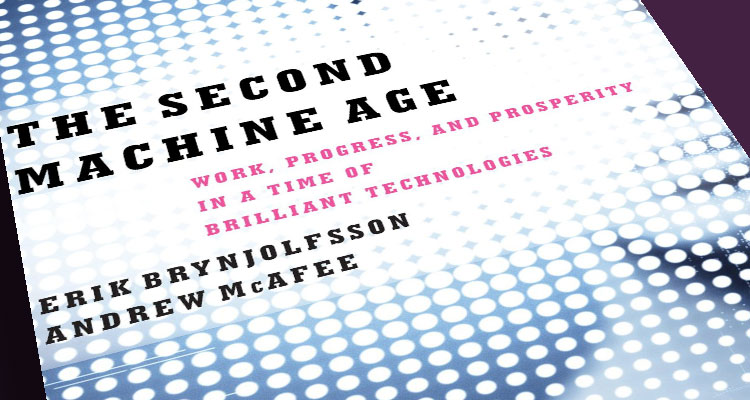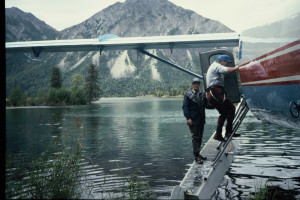Many potential methods have been presented to confront climate change and environmental damage. International agreements and environmental regulations have emerged as ways to counter an existing and impactful problem. One method that hasn’t been brought up, however, is the shrinking of people to minimize resource consumption, waste creation, and overpopulation. It’s a witty, and just outside of the realm of scientific possibility, idea that forms the inspiration for Alexander Payne’s newest film Downsizing.
 Paul and Audrey Safranek (Matt Damon & Kristen Wiig) decide to undergo the downsizing procedure not for the environmental benefit, but for the increase in value that their money would hold if they were to be downsized. Consider this: it is much less expensive to create a dollhouse mansion than it would be to create a life-sized mansion. However, downsizing does come at a cost. It is irreversible and downsized people live in their own communities, separate from those of life-sized people.
Paul and Audrey Safranek (Matt Damon & Kristen Wiig) decide to undergo the downsizing procedure not for the environmental benefit, but for the increase in value that their money would hold if they were to be downsized. Consider this: it is much less expensive to create a dollhouse mansion than it would be to create a life-sized mansion. However, downsizing does come at a cost. It is irreversible and downsized people live in their own communities, separate from those of life-sized people.
As resistance and disgust to the idea of creating downsized people is brought up by others once hearing that Paul and Audrey are going to be downsized, you might expect that the film becomes a social critique of how we treat ‘other’ people that are different from ourselves and live different lifestyles. It could be interesting to explore the difficulties in convincing or even requiring people to be downsized (think the vaccination argument) as part of pursuing the greater good and ensuring the safety of the society. But Downsizing fails to truly explore these ideas and it’s difficult to find out what the film is really about as it becomes clear there is no plot and that anything that resembles conflict occurs within the final fifteen minutes of the film.
As men and women are downsized separately, Paul goes through with the procedure while his wife independently decides she cannot. They divorce. Now downsized and without a wife, Paul has greater incentive to meet those within his new community including his upstairs neighbor Dusan (Christoph Waltz), a middle-aged European socialite who frequently throws loud parties, and his maid Lan Tran (Hong Chau), a famous Vietnamese activist downsized against her will.
There’s not a compelling reason why the lives of these characters become intertwined or why they come into contact with the inventor of downsizing Dr. Asbjørnsen (Rolf Lassgård) on a visit to the first downsized community in Norway. Paul actually comes to this realization and literally recites every experience of his in Downsizing as a long chain of events, that of course couldn’t be coincidental, to justify his presence and his place in ensuring the continuation of the human species. All things considering, he takes it rather well after being informed by Dr. Asbjørnsen that the world is going to end due to environmental catastrophe.
Aside from the pain you just experienced in reading the past two sentences, perhaps the biggest travesty of Downsizing is that the film fails to take advantage of its very own premise: people are downsized. There are seldom few scenes involving interactions between life-sized people and downsized people (meaning visual effects and unique cinematography is hardly used) and the downsized community isn’t any different or more remarkable than our own with the exception of the use of a life-sized rosebud as an elaborate piece of decoration in Paul’s apartment. There are also several notable inaccuracies involving the downsized members and their communities. During their voyage to Norway the surrounding foliage and river, as well as their boat, does not reflect the size disparity between them and their surroundings. There are also slums within Paul’s downsized community while at the same time the community boasts of no crime. Not an impossibility, but at the same time rather unbelievable.
I can’t truthfully say that Downsizing’s failures result because of lost potential; the film would need to be reworked entirely in order to create something that could be salvageable. It’s boggling to consider that Downsizing did not undergo difficulties in production like this year’s fellow troubled film The Snowman. Luckily for Payne, however, few filmmakers have released a film as spectacular as Nebraska and he will still have eager eyes at the premiere of his next film.
Advertisements Share:




